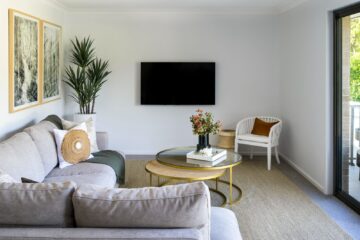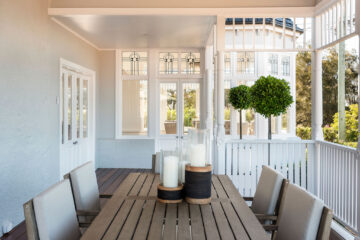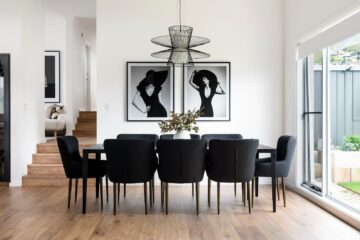In recent years, there has been a growing recognition of the importance of nature in our daily lives, and its positive impact on our health and well-being. As a result, the concept of biophilic design has gained significant traction in the field of architecture and interior design. Biophilic design seeks to reconnect us with nature by incorporating natural elements and patterns into our built environments. In this blog post, we will explore the rise of biophilic design and provide practical tips on how to incorporate it into your space.
The Benefits of Biophilic Design:
Before we delve into the practical aspects, let’s explore why biophilic design has become a popular trend. Numerous studies have shown that exposure to nature has a host of benefits for our physical, mental, and emotional well-being. Biophilic design aims to harness these benefits by bringing nature indoors. Here are a few key advantages:
1. Enhanced well-being: Incorporating elements of nature, such as natural light, plants, and water features, can reduce stress, improve mood, and increase productivity.
2. Improved air quality: Indoor plants act as natural air purifiers, filtering out toxins and increasing oxygen levels, leading to cleaner and healthier indoor air.
3. Increased connection to the environment: Biophilic design promotes a sense of connection to the natural world, fostering a deeper appreciation for our surroundings and encouraging sustainable practices.
4. Better cognitive function: Studies have shown that exposure to nature can improve cognitive performance, attention span, and creativity. Biophilic design can enhance these cognitive benefits by creating spaces that simulate natural environments.
Incorporating Biophilic Design Into Your Space:
Now that we understand the benefits, let’s explore some practical ways to incorporate biophilic design principles into your home, office, or any indoor space:
1. Maximize natural light: One of the fundamental principles of biophilic design is to maximize the use of natural light. Ensure that your space has ample windows and skylights to allow natural light to flood in. Remove heavy curtains or blinds that obstruct the light and opt for sheer fabrics or light-filtering window coverings.


2. Bring in plants: Introduce indoor plants to your space to create a sense of vitality and connection with nature. Choose plants that thrive indoors and are suitable for your specific lighting conditions. Consider creating vertical gardens, hanging plants, or even a small indoor herb garden for added greenery.


3. Incorporate natural materials: Choose natural materials like wood, stone, or bamboo for furniture, flooring, and finishes. These materials not only bring a touch of nature but also add warmth and texture to your space.



4. Integrate water features: The soothing sound of water can create a tranquil ambiance. Consider adding a small indoor fountain, a tabletop water feature, or even an aquarium to introduce the calming effects of water into your environment.


5. Use nature-inspired colours and patterns: Incorporate colours and patterns found in nature to evoke a sense of the outdoors. Earthy tones, shades of green, and soft blues can create a calming and inviting atmosphere. Natural patterns like leaf motifs or organic shapes can be incorporated through wallpapers, textiles, or artwork.


6. Design with views in mind: If you have access to outdoor views, optimize your space layout to make the most of them. Position seating areas near windows or create reading nooks that offer glimpses of nature. If your view is less inspiring, consider using nature-themed artwork or murals to simulate the feeling of being outdoors.


Biophilic design represents a transformative approach to architecture and interior design, harnessing the power of nature to enhance our well-being and create harmonious spaces. By incorporating natural elements, maximizing natural




